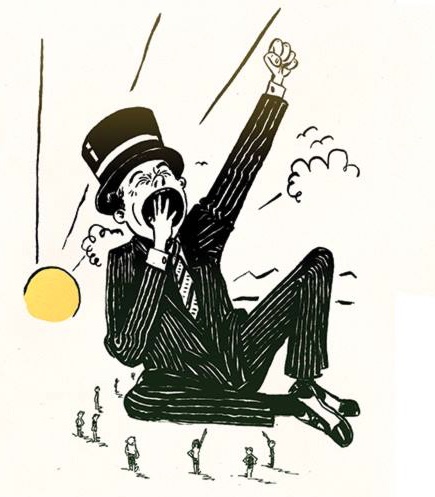ZEITGUIDE TO PAYING COLLEGE ATHLETES

The NCAA men’s basketball tournament looks to have an exciting Final Four coming — and also a nice paycheck. The popular tournament is slated to make nearly $1 billion in TV ad revenue and sponsorships this year, more than the NBA, NFL, or MLB playoffs.
How much do the college players participating in the tournament see of that money? Absolutely none of it. In fact, not only do these student-athletes not get paid, one study found that 85% of those with full scholarships with room and board were living below the federal poverty line.
In the eyes of the NCAA, paying athletes would mean they are employees of the university, not amateurs and students. To the NCAA this doesn’t make sense. As Mark Emmert, president of the NCAA, sarcastically quipped on NBC’s Meet the Press recently, “I don’t know why you want them to be students if they are employees and playing basketball for you. Don’t let calculus [class] get in the way.”
Emmert wants to solve the pay problem by providing student-athletes with “resources for success.” That includes extending educational opportunities after their athletic eligibility expires. In 2011, Emmert even supported an annual stipend of $2,000 to student-athletes in order to help with costs not covered by scholarships — such as food, clothes, or class materials. But the stipend proposal got shelved when universities objected.
As a result of this obstinacy, today the NCAA is defending its stance against sharing revenues — especially men’s football and basketball players — on multiple fronts.
Last year, football players at Northwestern University won a potentially landmark decision before the National Labor Relations Board for the right to unionize. The university immediately appealed the decision, but regardless of how it plays out, the horse is out of the barn and public opinion is shifting fast. A recent poll found 38% of respondents supported paying players of revenue-generating sports, up from 24% in 2012.
Another major decision came in August, when a district court judge ruled that the NCAA should establish a trust fund to pay players at least $5,000 for the use of their names, images and likenesses on things like jerseys, ads or video games. This stemmed from the 2009 anti-trust lawsuit brought by former UCLA basketball star Ed O’Bannon and 19 others. The NCAA has an appeal before the Ninth Circuit Court, and says it will go all the way to the U.S. Supreme Court if needed.
The rulings and wrangling make take a few years to work out. But make no mistake: the game has changed.
